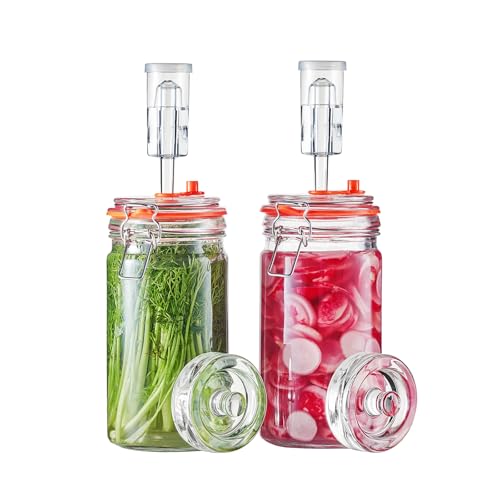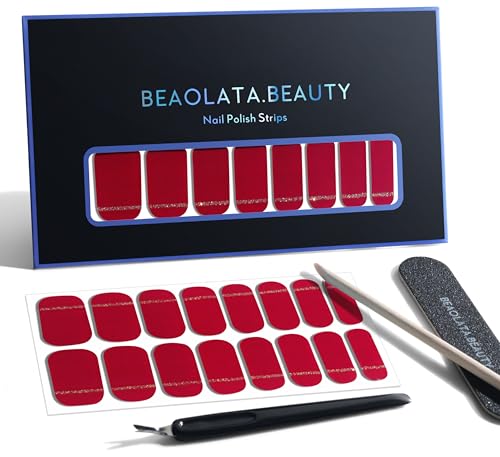I am roughly following Jack Keller's recipe for "Old Italian Wine." My daughter has this big unruly grape arbor and after she finished her jelly and juices, she said I could raid the vine for what was left. I think they are Concord grapes. I ended up with about 15 pounds that I'm hoping to get a gallon of wine from. As for the yeast. I only have Bourgovin RC 212 and EC-1118. Which should I use?
Last edited:












![[Upgraded] 9Pcs Tree Root Growing Box with Drain Holes, Half Transparent Plant Rooting Propagation Ball & Metal Core Twist Ties, for Fast Propagation Plants (Size M)](https://m.media-amazon.com/images/I/514MWQxtWOL._SL500_.jpg)











































